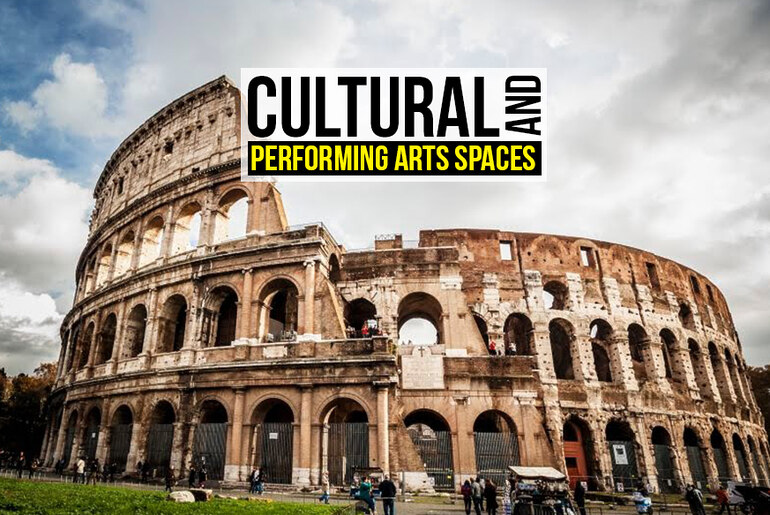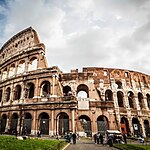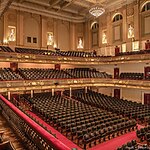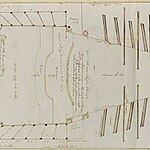Since time the human race has developed its own interest and constructed something called the society, where descendents have collectively decided on the culture, way of living and food habits. With the involvement of it, culture flourished and art became intertwined into its depth of existence.Architecture and Art have not been very separate subjects through Human existence. It has been very much engraved into each other.
Culture has influenced the architecture of a place over the years through its development.
But, along with it also developed the need for spaces that could accommodate the very practice of it and its flourishment.
Architecture has been very much influenced by the nature of Human interaction and thus with time have contributed towards gatherings for celebration of culture of a society and itself being a celebration of the Society reflecting the very nature of it, by Form.
Example, being the colosseum which was used as a gathering space for different types of cultural events and itself reflects the architecture of its time.
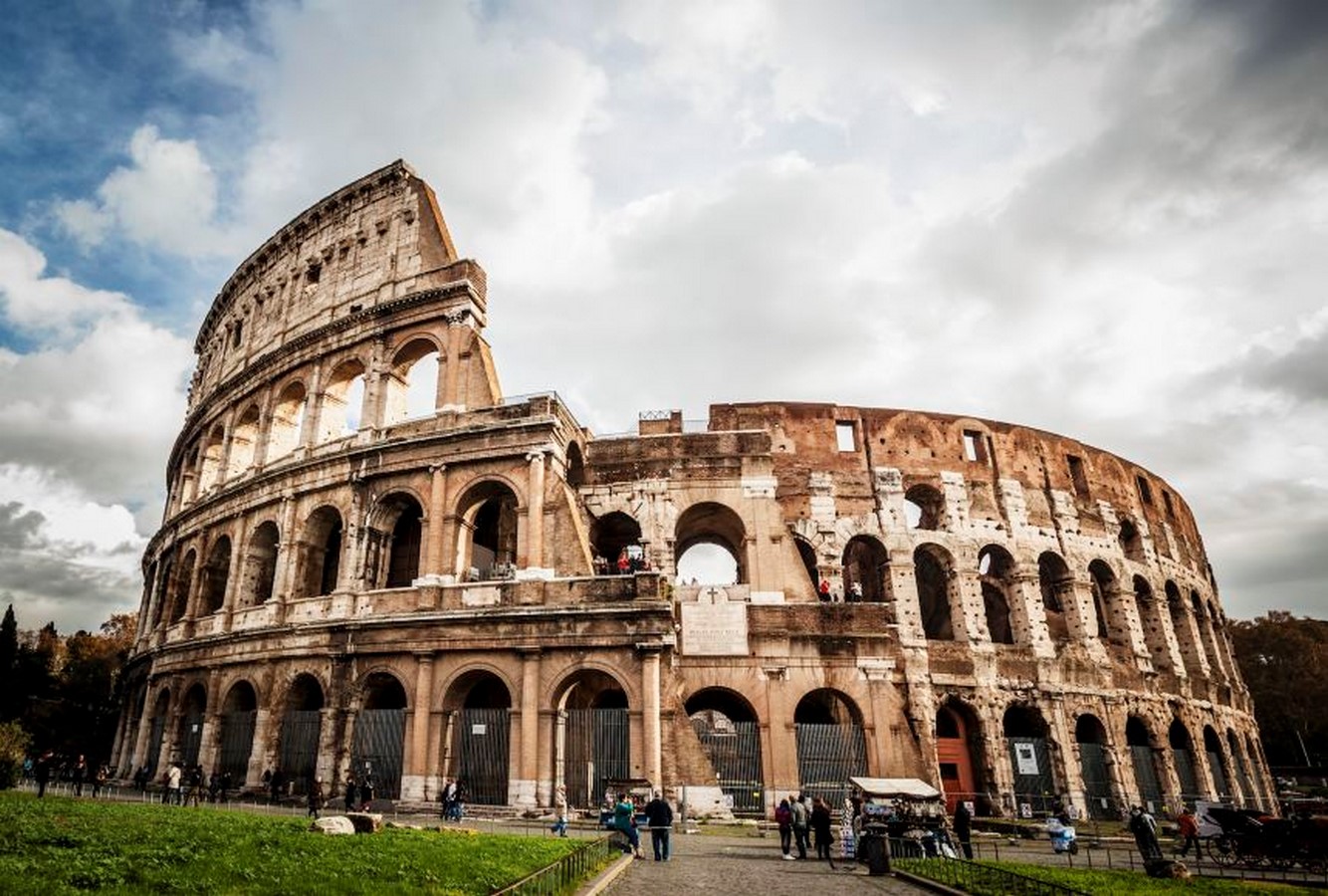
As, Famously quoted by Louis I Khan, “The plan is a Society Of Rooms”, Demonstrating the Influence of a Society and Culture for shaping spaces and its usage.
Most Cultural and Performing spaces are defined by the society and its architecture are defined by the part of the Society it belongs to. Performing art however itself for a society was a display of Culture and spaces dedicated for it were addition to the cultural identity.
Character and Evolution of Performing Art Spaces
Through time Performing art spaces have been a necessity for culture to thrive and Flourish through generations. Architecture of such spaces and spaces themselves have had an influence on Culture.Architecture is also defined as a performing art itself and the identity it shares through the common medium of Culture has been relentlessly undeniable.
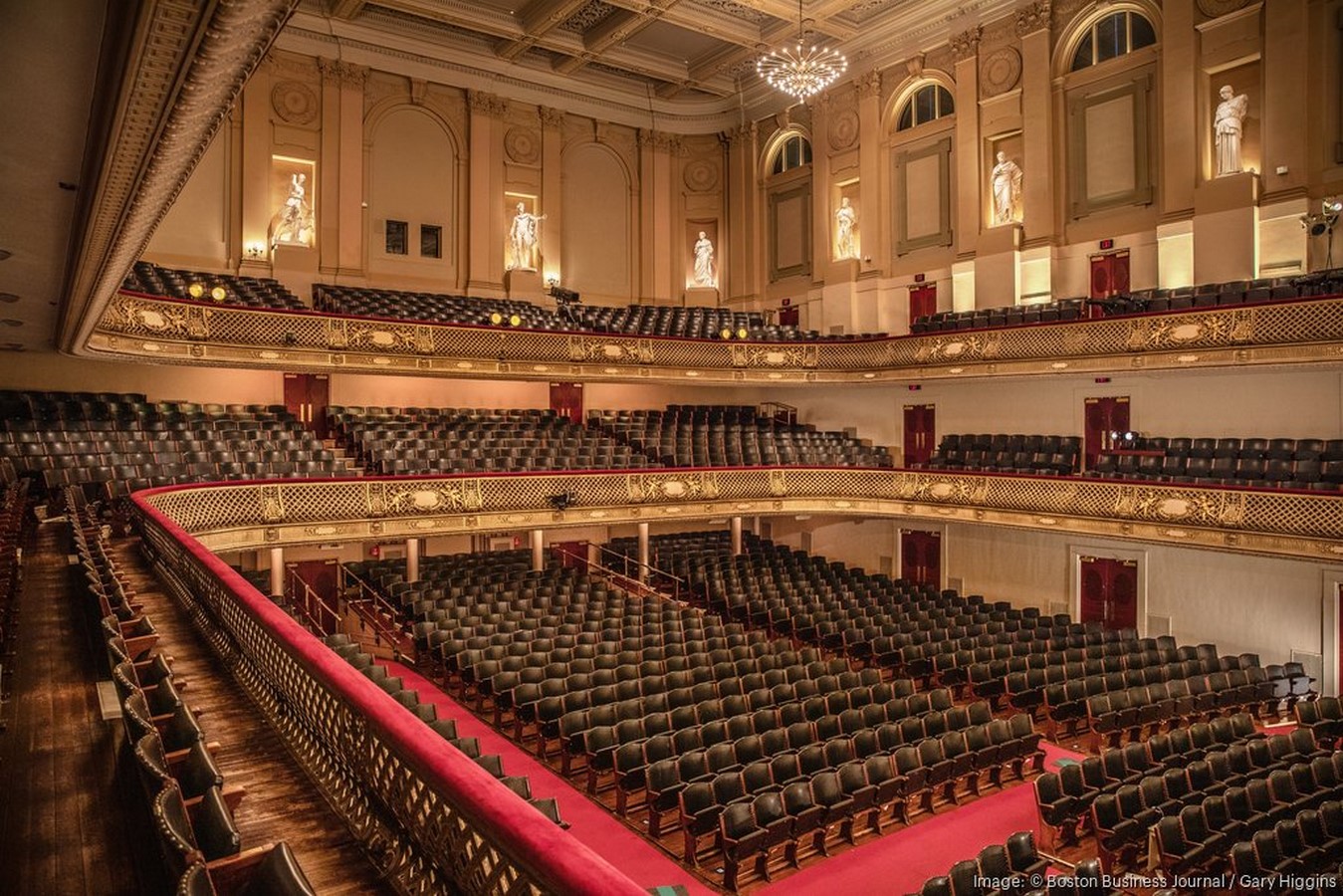
However, earlier as a matter of fact performing art spaces were only to be enjoyed by the elite and therefore those spaces were private, in palaces, churches or any Private concert. Slowly, during the industrial revolution, after the 19th Century the perspective widened and it didn’t continue as something to be only enjoyed by the elite but to be rejoiced and understood by all sections of the society. As performance art surfaced through all sections of the Society, Venues opened for the public and the demand for such venues increased over the years as it began to be considered a very crucial part of entertainment and relaxation for a Society. Acoustics in spaces began to be studied to be introduced and incorporated well for a pleasant experience of the space in midst of any performance.
Advancing towards the amelioration of such spaces, Lighting and Acoustics played a major role in altering the experiences of guest and performers.
Study of acoustics and Sound travel began to be deeply experimented, researched and implemented within Spaces of both outdoor and indoor Performance art activities. The demand for Cultural performing art spaces increased be it indoors or outdoors with the improvement of lighting and acoustical quality of the spaces. But along with such advancement came around a section of the society who were associated with the revenue generation of self or collectively through these spaces. And Cultural performance art spaces became better sources of financial gain and Business.
Types of Performing art spaces
All performing art spaces consist of a space for the performers and a designated space for the audience.But over the years, spaces have developed around the idea of it but in different organisation of these spaces required and again being influenced by the type of performance art. Some being Concert halls, Opera Houses, Auditoriums, Recital rooms etc.
Concert halls were mainly created for musical performances that became famous during the later half of the 18th century. They did hold a capacity of 1500-2000 seating arrangements, slightly lower than the Opera Houses.
However, Opera houses developed over the development of the genre of Opera over the years during the 1600’s.
Recital Rooms were smaller in scale to the other two as they were mostly used for solo performances and mostly a shoebox module.
Along with the different types of performance art,be it Drama, Dance or music with the necessities changed the audience and the performers so did the spaces ranging from Drama theatre to Opera Houses.

Future of Performing art spaces
As Culture and Society Progressed through the years the concept of performance art spaces also evolved, especially in many cultures around the world. The concept of outdoor public performances by renowned artists began to be celebrated. With the evolution of Contemporary culture and Tech culture coming to the forefront, Performance art evolved and so the spaces.
People moving towards more open spaces for concerts rather than halls and the appreciation and exploration of acoustics of spaces in the open is likely to be the next progression and new element to be seeked in the future.
With the more and more choice of open spaces or plazas for display of performance art has really pushed boundaries to rethink more and more flexible spaces with better acoustics.
The need to turn to Flexible ground and also stadiums playing the role of amphitheatre at times has led to the thought of more innovation in flexible spaces for display of it.
Reference List
- Frew, S. (no date) More Than a Supporting Role: The Architecture of Performance Arts Venues, Architizer. Available at: https://architizer.com/blog/inspiration/stories/more-than-a-supporting-role-the-architecture-of-performance-arts-venues/ (Accessed: December 8, 2023).
- Hannah, D. (2018) Event-Space: Theatre Architecture and the Historical Avant-Garde. New York, NY: Routledge Member of the Taylor and Francis Group.
- Integra, A. (no date) Function and Design of Architecture of Performing Arts Building, Alta Integra. Available at: https://altaintegra.com/architecture-building-performance-art-music-opera-drama-dance/ (Accessed: December 10, 2023).
- Sharr, A. (2012) Reading Architecture and Culture: Researching Buildings, Spaces and Documents. New York, NY: Routledge Member of the Taylor and Francis Group.


